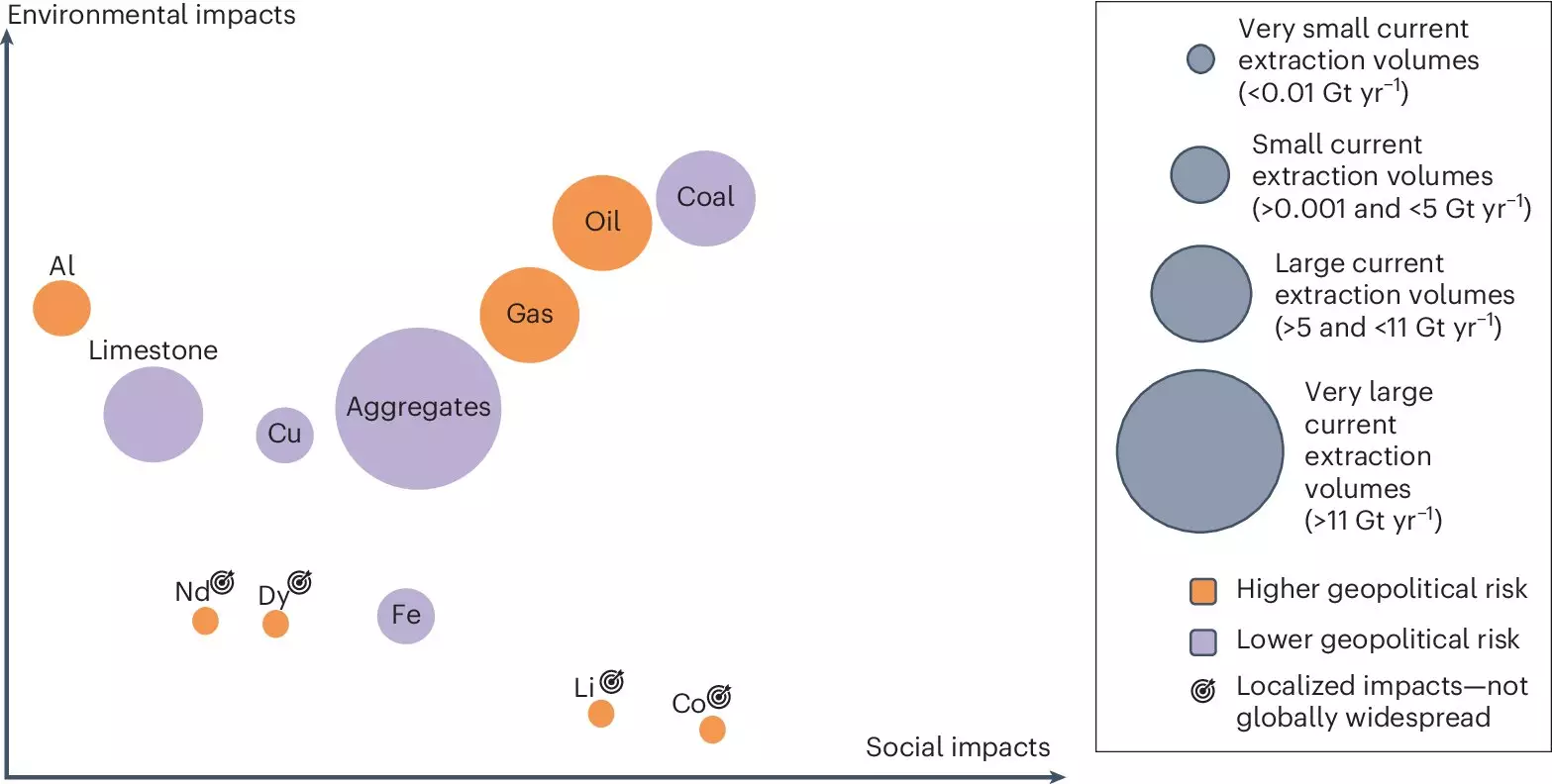The demand for cobalt and lithium, essential for e-car batteries, is projected to increase by almost 20-fold by 2050 due to the global shift towards renewable energy sources. This increase in demand will have significant implications for the extraction of raw materials such as copper, aluminum, iron, and rare earth elements. A recent study conducted by the Berlin-based climate research institute MCC sheds light on the foreseeable increases in material consumption associated with the climate transition and explores ways to mitigate these challenges.
As the world transitions to a fossil-free power supply, the demand for materials such as copper, aluminum, iron, and rare earth elements is expected to double by 2050. This increase in material consumption poses ecological and social risks at both regional and local levels. The extraction of raw materials, as well as the management of waste flows, can have detrimental effects on biodiversity, water resources, and human health. Additionally, geopolitical dependencies and political instability in countries with significant mineral deposits can further complicate the supply chain for these materials.
Role of Demand-Side Climate Solutions
The study emphasizes the importance of implementing demand-side climate solutions to counteract the increase in material consumption during the climate transition. Behavioral changes in mobility, housing, and nutrition, as well as the improvement of material circularity in the economy, can help reduce the overall demand for raw materials. By promoting more sustainable practices in sectors such as transportation, construction, and food production, it is possible to lower material requirements without sacrificing the quality of life.
Benefits of Demand-Side Climate Protection
Demand-side climate protection has gained increasing attention in recent years due to its potential for rapid reduction of greenhouse gas emissions and its positive impact on the quality of life. By encouraging shifts towards more efficient and sustainable practices, such as pooled mobility in the transport sector and natural construction materials in the building sector, it is possible to achieve significant reductions in material consumption. Additionally, promoting healthier eating habits, such as reducing meat consumption, can not only improve human health but also lower the demand for resources in the food production sector.
The study highlights the need for further interdisciplinary research to quantify and categorize the potential savings in materials through demand-side climate protection. Integrated Assessment Models that inform climate policy decisions need to be updated to incorporate the material dimension of a low-carbon economy. By investing in infrastructure that enables climate-friendly behaviors and providing positive incentives for sustainable practices, it is possible to create a more sustainable and resource-efficient future. The future of material consumption in the climate transition depends on our ability to address these challenges and seize the opportunities for a more sustainable world.


Leave a Reply